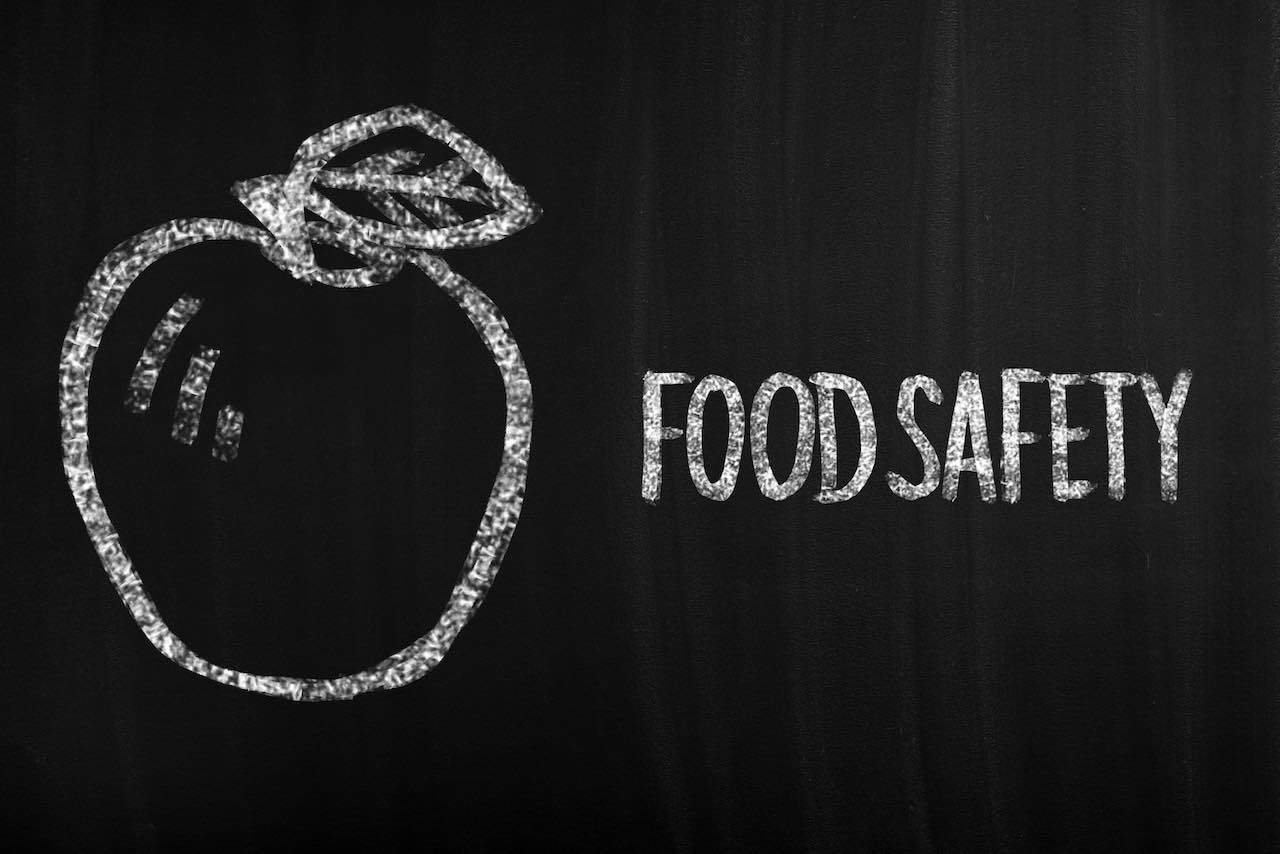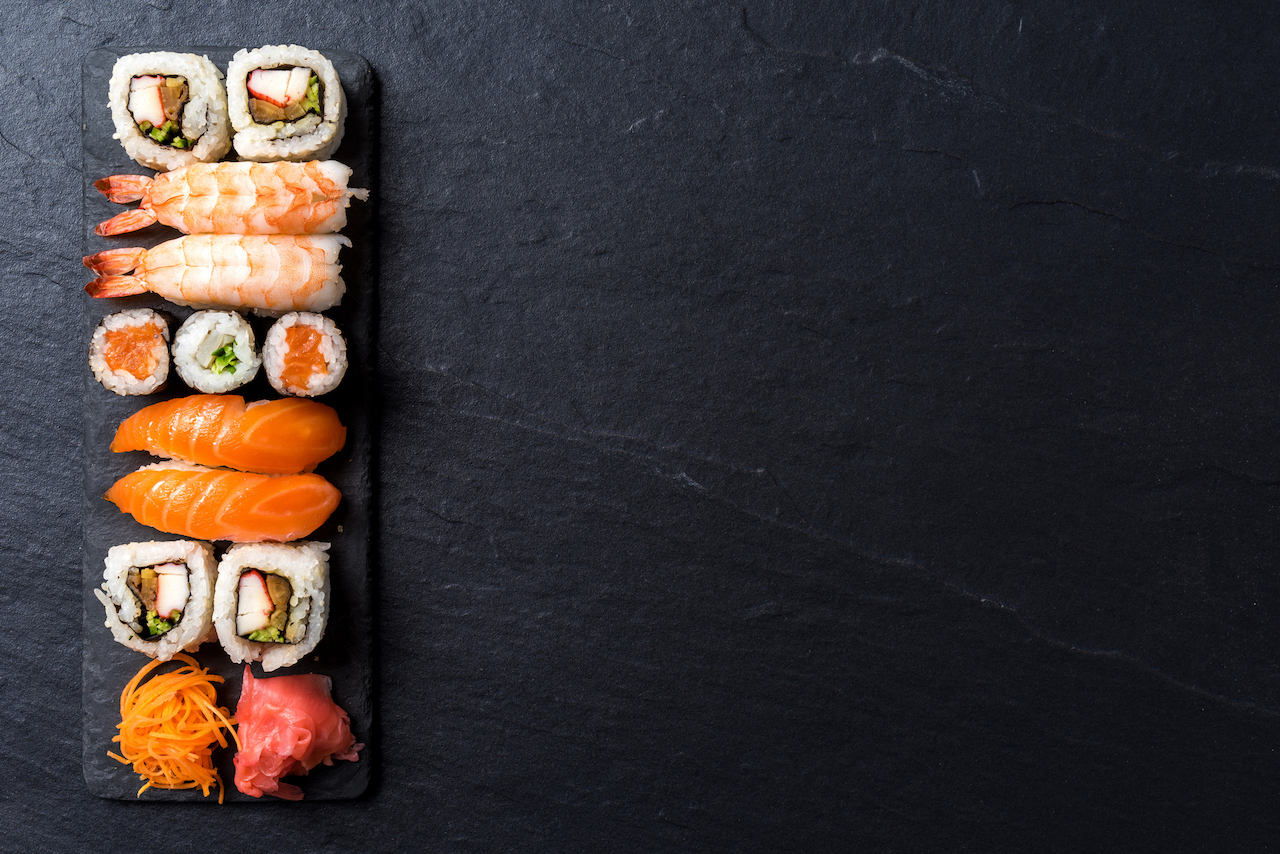Kathy’s Home & Garden Tips – Food Safety at Home

I recently heard a public service ad about food safety. I’m sure we think we’re as safe as can be when we shop for, clean, and prepare food for our families; but it’s a good idea to periodically give ourselves a quick lesson. Food safety is divided into 4 categories: clean, separate, cook, and chill.
Cleaning involves more than just your hands; although you should wash them frequently with hot soapy water for 20 seconds. Hand sanitizer is not enough, nor is it necessary with proper hand washing. Wash food preparation surfaces like cutting boards, utensils, and dishes often with hot soapy water, let air dry, or use paper towels. If you want to go the extra mile, sanitize with a solution of one teaspoon of unscented bleach in one quart water. Wash all vegetables with clean, running water, even if you plan on peeling them. Peeling unwashed fruit and vegetables can push bacteria into the flesh. Use a clean plastic brush on firm fruits and vegetables. Do not use soap, as it leaves a residue. Do not wash meat, poultry, or eggs! Eggs are washed prior to sale and this can spread bacteria.
Separate means keeping raw and ready-to-eat foods from coming in contact with each other. Have two cutting boards in two different colors so they don’t get confused. Use one for raw meat, fish, and poultry and one for vegetables. Keep raw and cooked foods on designated plates and use designated utensils. Wash with hot soapy water as you go. When shopping, keep raw meat, poultry, and eggs separate from ready-to-eat foods. Watch as they are bagged to ensure they don’t mingle. Storing in the refrigerator is also a concern. Make sure raw meat is in a sealed container, preferably plastic and leakproof. Store on the lowest level in the refrigerator to prevent dripping and cross contamination. Store eggs in their original packaging, not open in an egg tray on the door.
Proper cooking will kill most illness-inducing bacteria. Use a food thermometer in the thickest part of the meat or dish. 165 degrees is recommended. I know many like their steaks rare or medium rare (135-145 degrees). I think that will be safe, if you know your butcher! Keep hot foods hot (140 degrees) while serving. Use a slow cooker, warming tray, or chafing dish. When microwaving frozen meals, follow directions including standing time; that’s the time needed for all parts of the dish to come to temperature. Still, testing with the food thermometer is always a good idea. Take the temp in several places to ensure accuracy.
Chilling is the last but still very important step. Perishables need to be refrigerated within 2 hours; one hour in the summer. If you have several hot dishes to cool, don’t pack in the fridge. Cool them down quickly by using an ice bath. Half-fill a large bowl with ice and water. Place the warm food bowl in the larger bowl and stir occasionally till the contents are cool enough to refrigerate. Freezing does not destroy bacteria but will keep the food safe till cooking. Thawing should be done in the refrigerator. Quicker thawing can be done in a cold-water bath or in the microwave.
Check out foodsafety.gov for a treasure trove of tips, instructions, and videos. It also has safe cooking temperature for various foods and safe storage times.
KATHLEEN WEAVER-ZECH & DEAN’S TEAM CHICAGO

